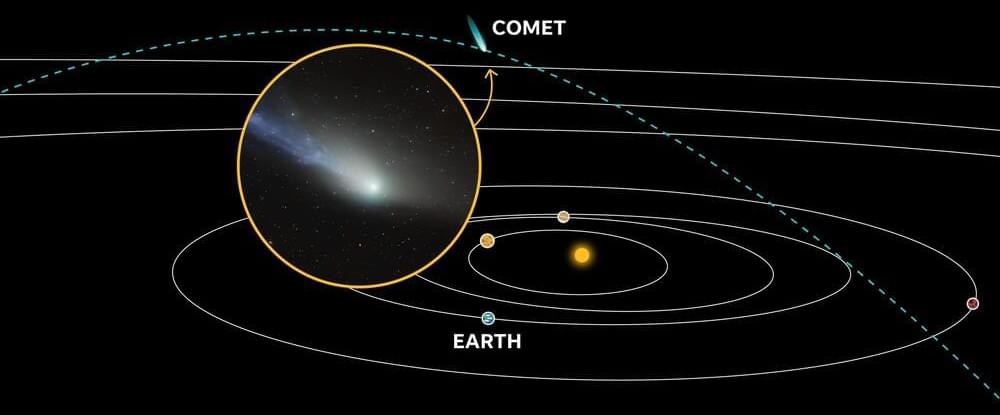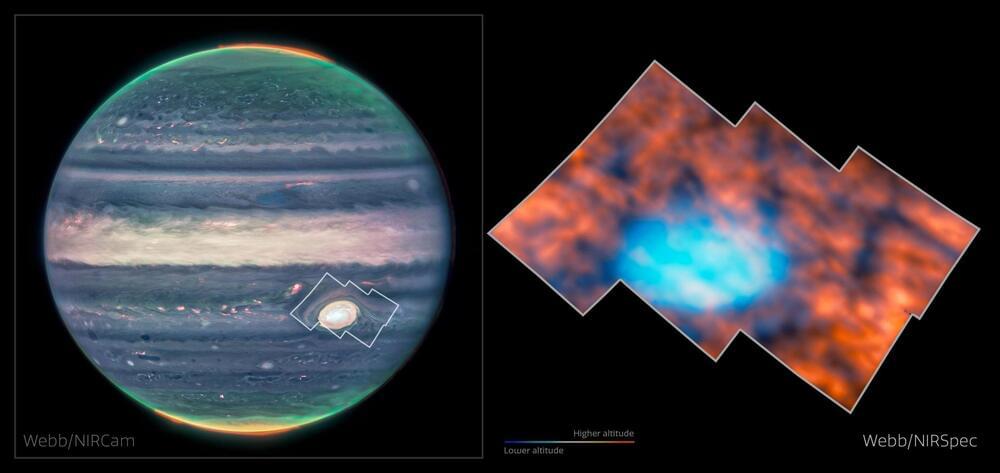Jul 8, 2024
Nine ventures join first SoCal-UK Space Accelerator
Posted by Genevieve Klien in categories: finance, space
TAMPA, Fla. — Mandala Space Ventures, a Californian venture studio and incubator, announced July 8 the nine United Kingdom-based startups participating in its UK Space Agency-funded accelerator program this fall.
The eight-week virtual course starts Sept. 3 and culminates with an in-person investor pitch day at the California Institute of Technology (Caltech) in Pasadena, California.
The SoCal-UK Space Accelerator creates a “transatlantic portal for great ideas from the U.K.,” said Mandala founder and CEO Leon Alkalai, helping prepare them for venture capital and access to the U.S. market.

















